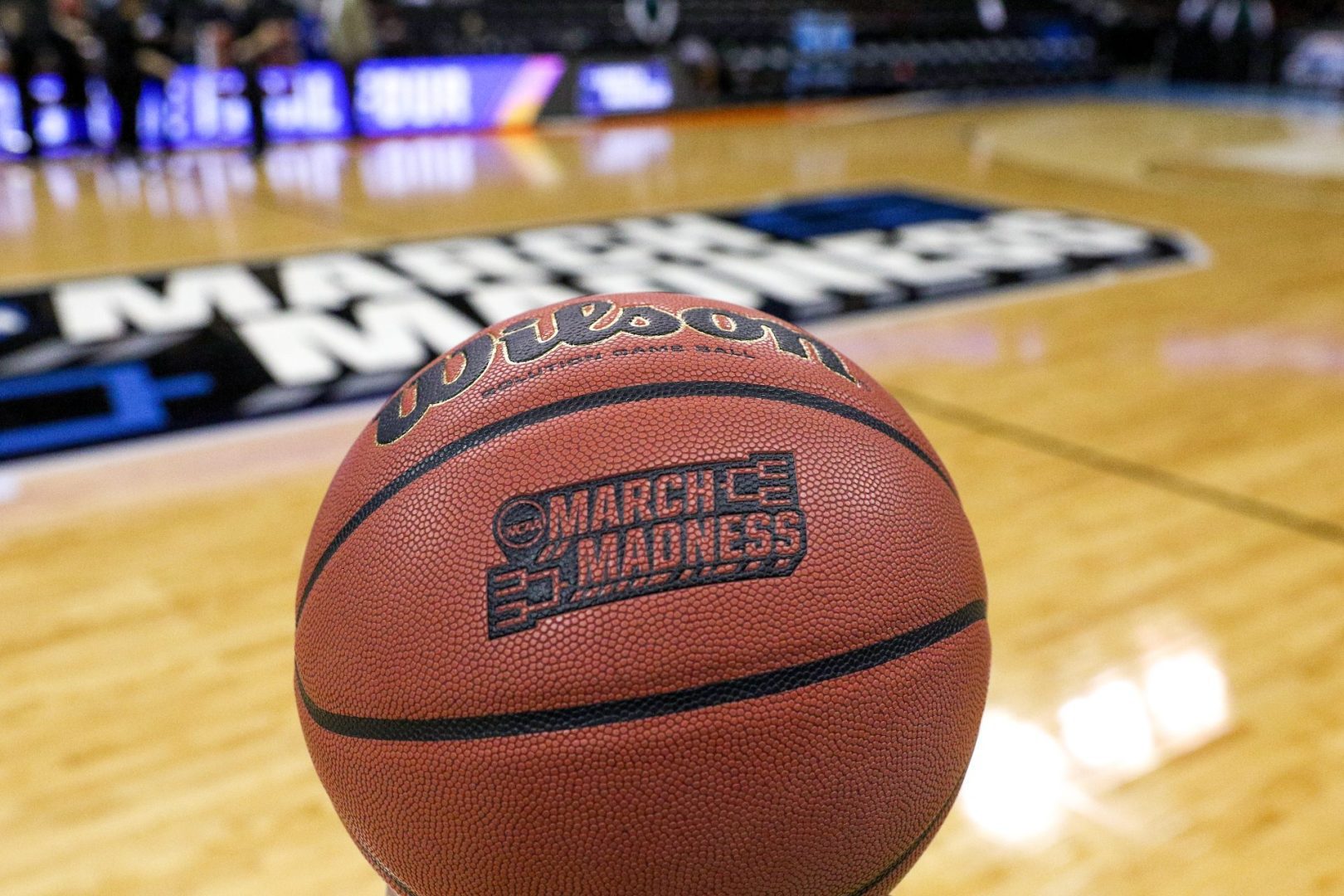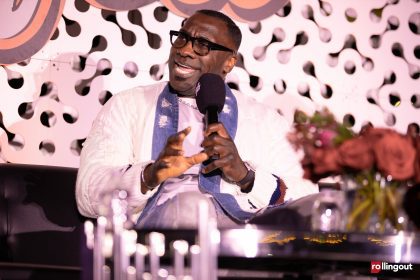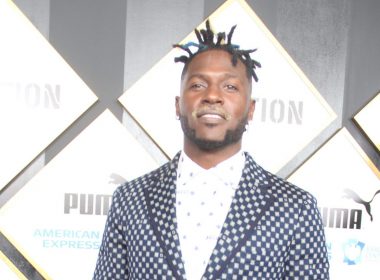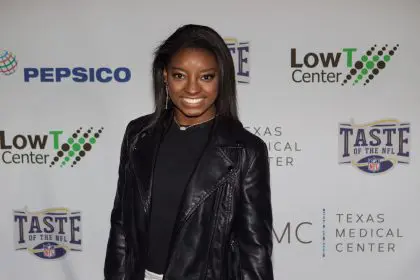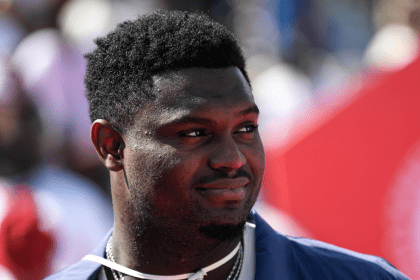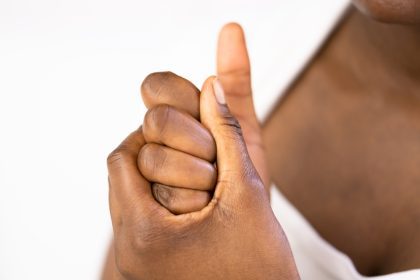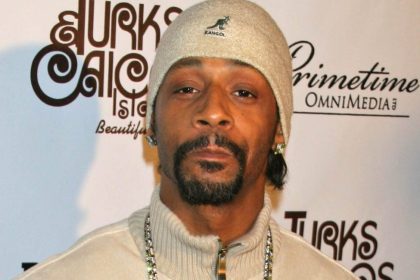The NCAA (National Collegiate Athletic Association) has recently shed light on a pressing issue within college sports: online harassment. A comprehensive survey conducted in collaboration with Signify Group revealed alarming statistics regarding the abuse directed at student-athletes, particularly during the high-stakes March Madness tournament.
Key findings of the study
The survey highlighted that a staggering 80% of the abuse recorded was aimed at players participating in March Madness. This abuse is not only prevalent but also disproportionately affects female athletes. Women basketball players faced approximately three times the number of threats compared to their male counterparts, raising serious concerns about the safety and mental well-being of these athletes.
The NCAA’s findings were derived from an extensive analysis powered by artificial intelligence, which examined public comments directed at players, coaches, and officials across seven NCAA championships and the College Football Playoff National Championship. The results prompted NCAA officials to call for action from both fans and social media companies to combat this online abuse.
Voices from the NCAA
NCAA President Charlie Baker expressed his concern in a written statement, stating, “I’ve heard too many student-athletes talk about abusive messages they have received, and for the first time ever, we now have evidence of the scale at which this is occurring. It’s incredibly alarming and completely unacceptable.” He emphasized the need for fans to improve their behavior and for social media platforms to take more responsibility in identifying and removing harmful content.
Statistics on online abuse
The AI-based algorithm used in the study flagged over 72,000 messages from a dataset of 1.3 million posts and comments related to student-athletes, coaches, and officials. Among these flagged posts, more than 5,000 contained abusive, discriminatory, or threatening content. The report provided the following breakdown of the types of abuse:
- 18% of all abuse was sexual, making it the most common form of harassment faced by both male and female student-athletes.
- 12% of the abuse was linked to sports betting, with more than 740 instances recorded. As betting markets have expanded, so too has the prevalence of harassment, particularly in men’s basketball and football.
- 10% of the abuse included racist remarks.
- 9% of the abuse was homophobic or transphobic.
- 6% of the abuse, approximately 380 instances, was violent in nature.
- 80% of the abuse in the study was directed at student-athletes involved in March Madness, with women’s basketball players receiving significantly more threats than their male counterparts.
Impact on mental health
The repercussions of online abuse extend beyond the digital realm, affecting the mental health of student-athletes. Connor McCaffery, a men’s basketball assistant coach at Butler, shared his personal experiences, stating, “I’ve seen firsthand the negative impacts of social media abuse on the mental health of myself and my loved ones. There must be more done to address this toxic behavior impacting sports at all levels.” His statement underscores the urgent need for a collective effort to foster a safer online environment for athletes.

